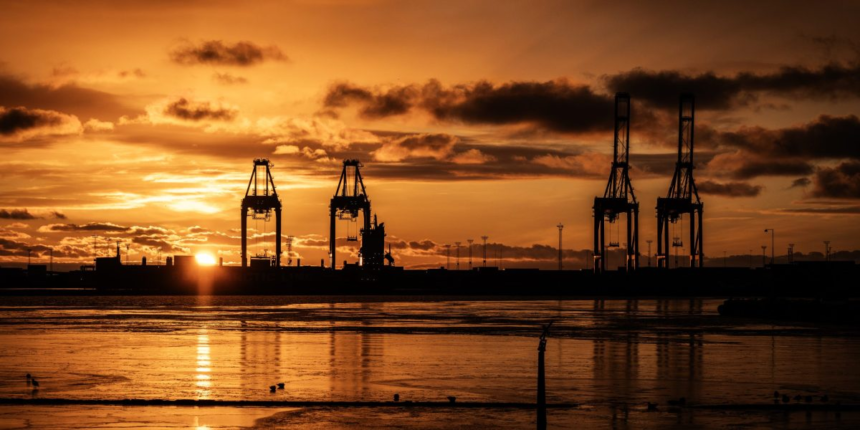This summer, divers descended about 8 meters (26 feet) below the waves close to Aarhus, Denmark’s second-biggest city, and collected evidence of a Stone Age settlement from the seabed.
Most evidence of such settlements so far has been found at locations inland from the Stone Age coast, said underwater archaeologist Peter Moe Astrup, who’s leading underwater excavations in Denmark.
“Here, we actually have an old coastline. We have a settlement that was positioned directly at the coastline,” he said. “What we actually try to find out here is how was life at a coastal settlement.”
After the last ice age, huge ice sheets melted and global sea levels rose, submerging Stone Age settlements and forcing the hunter-gatherer human population inland.
About 8,500 years ago, sea levels rose by about 2 meters (6.5 feet) per century, Moe Astrup said.
Moe Astrup and colleagues at the Moesgaard Museum in Højbjerg, just outside Aarhus, have excavated an area of about 40 square meters (430 square feet) at the small settlement they discovered just off today’s coast.
Early dives uncovered animal bones, stones tools, arrowheads, a seal tooth, and a small piece of worked wood, likely a simple tool. The researchers are combing the site meter by meter using a kind of underwater vacuum cleaner to collect material for future analysis.
They hope further excavations will find harpoons, fish hooks or traces of fishing structures.
“It’s like a time capsule,” Moe Astrup said. “When sea level rose, everything was preserved in an oxygen-free environment … time just stops.”
“We find completely well-preserved wood,” he added. “We find hazelnut. … Everything is well preserved.”
The sea level rise thousands of years ago submerged, among other things, a vast area known as Doggerland that connected Britain with continental Europe and now lies underneath the southern North Sea.
To build a picture of the rapid rise of the waters, Danish researchers are using dendrochronology, the study of tree rings.
Submerged tree stumps preserved in mud and sediment can be dated precisely, revealing when rising tides drowned coastal forests.
“We can say very precisely when these trees died at the coastlines,” Moesgaard Museum dendrochronologist Jonas Ogdal Jensen said as he peered at a section of Stone Age tree trunk through a microscope.
“That tells us something about how the sea level changed through time.”
“It’s hard to answer exactly what it meant to people,” Moe Astrup said. “But it clearly had a huge impact in the long run because it completely changed the landscape.”
Sea levels rose by a global average of around 4.3 centimeters (1.7 inches) in the decade up to 2023.









